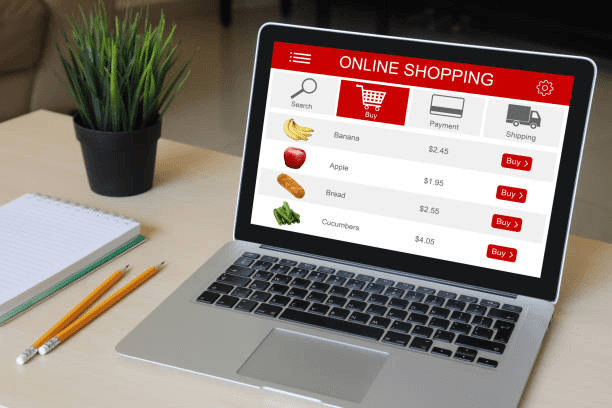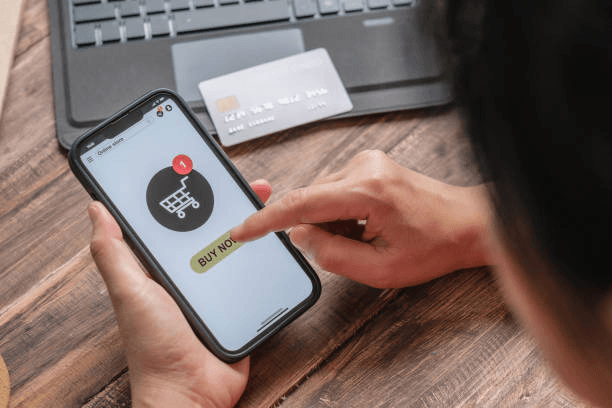Sourcing from China can feel like walking into the world’s largest marketplace with no map. With thousands of suppliers and dozens of digital platforms — each with its own strengths, quirks, and risks — it’s easy to waste time, money, or worse, fall into a sourcing trap.
Whether you’re a time-strapped Amazon FBA seller, a DTC brand founder building your first product line, or a retailer expanding into private label, understanding which online platforms actually serve your sourcing needs is crucial.
This guide breaks down the top 20 online shopping platforms in China — including 1688, JD, Pinduoduo, and more — and shows you how to leverage each strategically based on your stage, budget, and business model.
China’s Online-Shopping Landscape in One Minute

C2C Marketplaces (Taobao, Pinduoduo)
- Lowest barriers to entry
- Ideal for quick trend validation, but higher counterfeit risk
B2C Flagship Platforms (Tmall, JD.com, Suning)
- Stricter brand verification, higher fees
- Better consumer trust, faster fulfilment
Social-Commerce Hubs (Douyin, Xiaohongshu, WeChat Mini-Programs)
- Content-first, impulse-buy environment
- Requires livestream or KOL strategy
Cross-Border Specialists (Kaola, Amazon China)
- Bonded-zone shipping & customs handled for you
- Great for testing without a Chinese entity
What Matters Most to “Time-Strapped Importers”

| Decision Pillar | Why It Matters | Metrics to Check |
| Supplier Transparency | Avoid factory bait-and-switch | Verified storefront badges, on-site audits |
| Logistics Speed | Keep FBA stock healthy | 2-day vs 7-day domestic delivery promises |
| QC & Returns | Protect star ratings | Defect rate, return-window length |
| Payment Safety | Prevent frozen capital | Escrow services, Alipay vs bank T/T |
| Data Visibility | Save midnight headaches | Real-time tracking dashboards |
Types of Online Shopping Platforms

There are various kinds of online shopping platforms, each with its own strengths:
Marketplace Platforms
- Examples: Amazon, eBay, Alibaba
- Features: Multiple sellers offer products on one site; competitive pricing; buyer protection policies.
- Ideal for: Wide product variety and comparing different sellers.
Brand or Retailer Websites
- Examples: Nike.com, Apple.com, Zara.com
- Features: Official stores selling only their own products; often have exclusive items or collections.
- Ideal for: Loyal customers wanting authentic products directly from brands.
Social Commerce Platforms
- Examples: Instagram Shopping, Facebook Marketplace, TikTok Shop
- Features: Shopping integrated within social media apps; influencer endorsements; interactive shopping experience.
- Ideal for: Trendy, impulse, or discovery shopping.
Subscription-Based Platforms
- Examples: Stitch Fix, Dollar Shave Club, Blue Apron
- Features: Recurring delivery of curated products; personalized selections based on preferences.
- Ideal for: Convenience and discovery of new products.
Top 20 Chinese Online Shopping Platforms
| # | Platform Name | Main Focus / Features | Website |
| 1 | Alibaba (阿里巴巴) | B2B wholesale, global sourcing, large volume orders | alibaba.com |
| 2 | 1688 (阿里巴巴1688) | Domestic B2B marketplace, Chinese language, low-cost wholesale | 1688.com |
| 3 | Taobao (淘宝) | C2C and small merchants, extremely wide product variety | taobao.com |
| 4 | Tmall (天猫) | B2C premium brands, Alibaba-owned | tmall.com |
| 5 | JD.com (京东) | High-quality products and logistics, B2C and some B2B | jd.com |
| 6 | Pinduoduo (拼多多) | Social group buying, ultra-low prices, popular in lower-tier cities and rural areas | Consumer electronics and appliances, omnichannel retail |
| 7 | Vip.com (唯品会) | Brand flash sales and discounts | vip.com |
| 8 | Suning (苏宁易购) | Social group buying, ultra-low prices, are popular in lower-tier cities and rural areas | suning.com |
| 9 | Kaola (考拉海购) | Cross-border e-commerce, imported authentic products | kaola.com |
| 10 | YiwuGo (义乌购) | Yiwu small commodity wholesale online platform | yiwugo.com |
| 11 | Dangdang (当当) | Books and general merchandise | dangdang.com |
| 12 | Gome (国美在线) | Home appliances and digital products, online and offline | gome.com.cn |
| 13 | Jumei (聚美优品) | Beauty and skincare e-commerce | jumei.com |
| 14 | YHD (一号店) | Comprehensive online grocery and general merchandise, acquired by JD.com | yhd.com |
| 15 | Suning Tesco (苏宁易购-家乐福) | Fresh food and daily necessities, cross-industry retail | suning.com |
| 16 | Mogu (蘑菇街) | Social shopping platform focused on women’s fashion | mogu.com |
| 17 | Lazada China (天猫国际) | Cross-border e-commerce platform for overseas products | tmall.hk |
| 18 | Zhe800 (折800) | Group deals and flash sales | zhe800.com |
| 19 | Xianyu (闲鱼) | Second-hand goods marketplace, owned by Taobao | 2.taobao.com |
| 20 | JD Global (京东全球购) | Cross-border e-commerce with direct overseas shipping | jd.hk |
Conclusion
Navigating China’s massive online marketplace landscape isn’t about choosing the biggest or busiest platform — it’s about choosing the right one for your product, budget, and growth stage.
Whether you’re sourcing a trending kitchen gadget from 1688, testing beauty products on Xiaohongshu, or building a premium brand presence on Tmall, each platform offers its own unique edge.
But with opportunity comes complexity — language barriers, inconsistent suppliers, and evolving local policies can make it tough to go it alone.
That’s where Asian Sourcing Group comes in. We help FBA sellers, DTC founders, and brand managers simplify and scale their China sourcing with:
- Verified factories
- Expert negotiation
- On-site quality control
- Real-time project dashboards
- Full Amazon FBA prep & shipping support
Ready to turn platform knowledge into profit?
📞 Book a free consultation now at asiansourcinggroup.com and let’s build your next bestseller together.







-300x198.png)